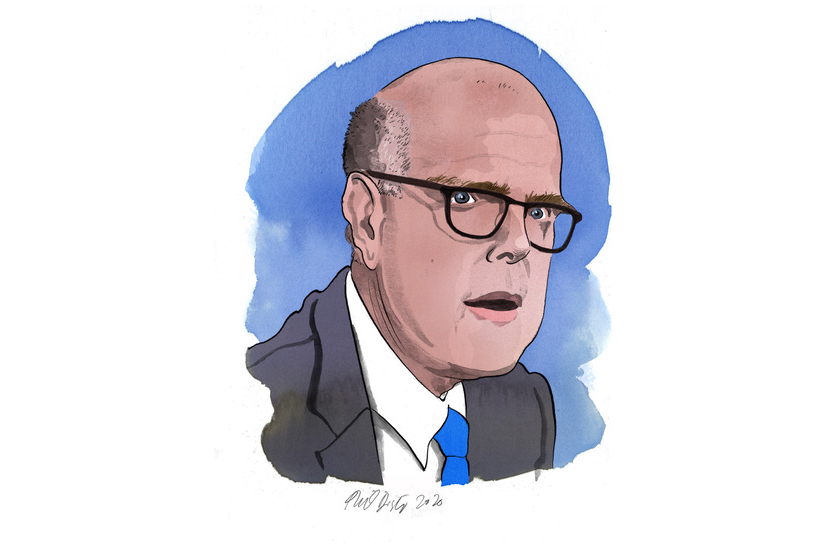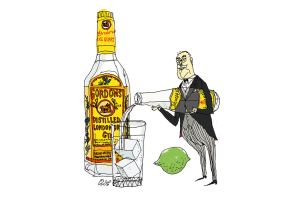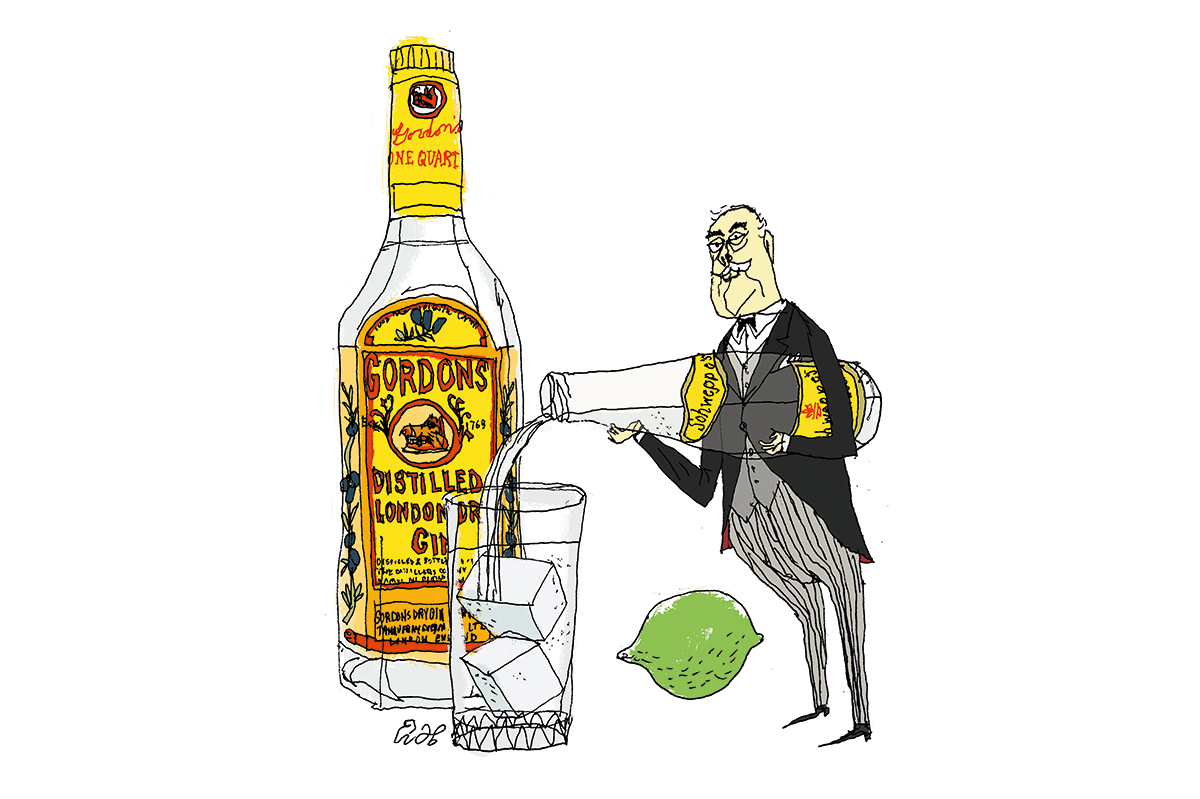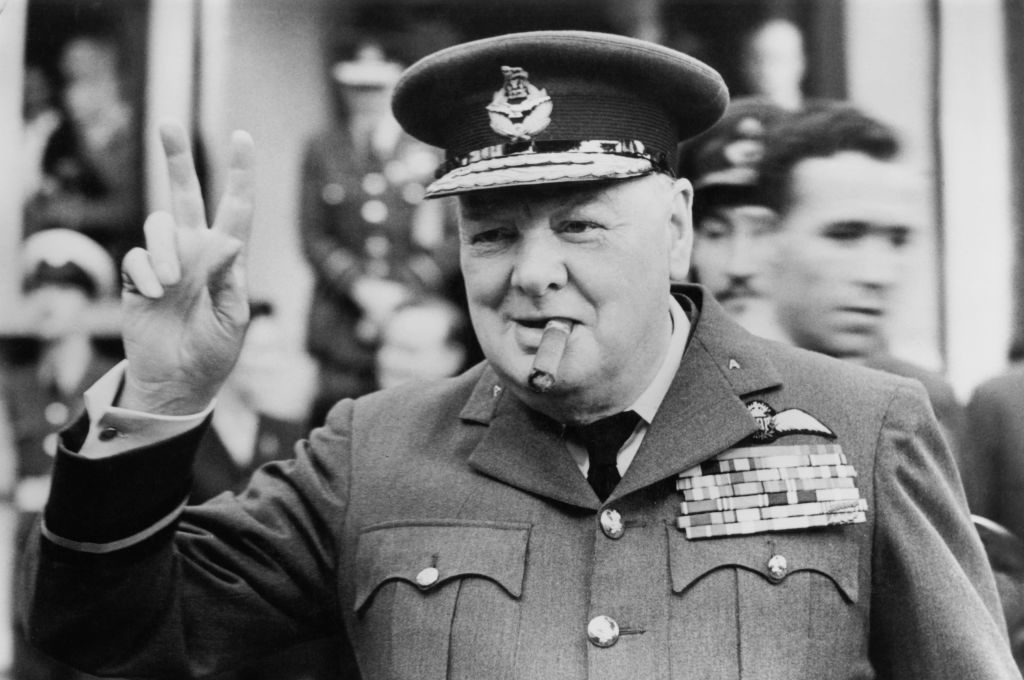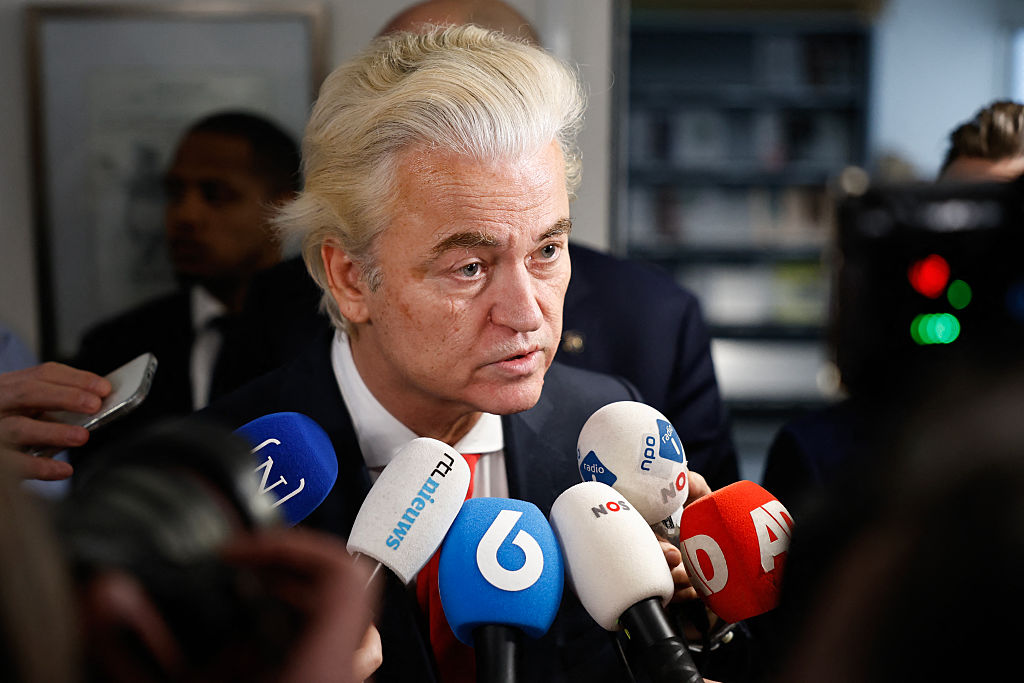This article is in The Spectator’s February 2020 US edition. Subscribe here.How did America’s house divide for a second time in the 1960s? By a tragedy of good intentions and bad-faith actions, Christopher Caldwell argues in his new book,
The Age of Entitlement: America Since the Sixties. He talks to our Life & Arts editor about how we got here from there, and how activism inside and outside the courts has refounded American politics on an undemocratic basis.
DG: The Age of Entitlement argues that the Civil Rights Act divided the country by establishing what you call a ‘second constitution’.
CC: That is a big part of it. The book is about the evolution of American society since the Kennedy assassination. We’ve always understood that Kennedy’s death was an emotional trauma for Americans. But from this distance we can see it was a political watershed as well — almost a Sarajevo-like event. Within months, Lyndon Johnson had done two things that set the country on a radically different course. In July 1964 he passed the Civil Rights Act, which Kennedy had despaired of passing, even in a much milder form. A month later Johnson staged the so-called Gulf of Tonkin incident, or at least misrepresented it. That put the country on the road to all-out war in Vietnam. Johnson thought of civil rights and Vietnam as interlinked projects. Both brought unintended consequences.
DG: How did the way in which the Civil Rights Act was implemented end up overruling the First Amendment’s implied right to freedom of association?
CC: The Civil Rights Act was meant to fix a very specific problem — racial inequality in the American South. Americans thought it was necessary, because the problem was so severe and so longstanding. But they also thought it would be simple, because the problem was so geographically limited — just a matter of fixing a few institutions in a few eccentric Southern states.
But the Civil Rights Act was a larger reform than anyone realized. It worked by curtailing, and even revoking, the freedom of association that Americans had up till then assumed they enjoyed under the Constitution. It expanded federal bureaucracies, licensed them to investigate what had previously been considered private matters and gave them enforcement powers. It gave the government scope to re-litigate court verdicts it found suspect.
DG: How does that make it a ‘second constitution’?
CC: Because this bureaucratic system gradually got the upper hand over the democratic system. It was used to adjudicate pretty much everything: women’s rights, immigrants’ rights, gay rights, the rights of the handicapped. It transformed the federal government from a neutral body into a progressive body. Americans got a whole roster of ‘rights’, but lost the right to decide these matters for themselves.
So now you have a situation where the two parties don’t just have different political opinions within a common political culture. They are different political cultures, with different conceptions of how the United States government is supposed to work, and even of what the United States is supposed to be. For the Democratic party, the United States is about defending the gains of the 1964 Civil Rights Act. The Republican party, without quite daring to say so, has become the party trying to salvage some of the rights that were curtailed by those developments.
DG: Democratic legislators also promised that the Immigration Act of 1965 wouldn’t change the nature of American society. But that, too, had a transformative effect. When significant parts of the electorate began to reject the new way of governing, and especially affirmative action, what happened?
CC: The Seventies were the most conservative decade of the 20th century. The government projects I cover in the book were all losing popular support. You had a general cynicism about government. Eventually you had public movements to starve the government by limiting the revenues available to it. There were tax revolts in California and Massachusetts. And when Ronald Reagan ran for president in 1976 and 1980 on a platform of tax cuts and deregulation, the people who objected to the reforms of the 1960s thought he was speaking in their name.
DG: Were they right?
CC: Mostly not. There was a broad sentiment for turning back, but it was inchoate and leaderless. Reagan captured these voters in their entirety. But the changes of the 1960s were now on the statute books, and activists had the means to defend them. The federal government was staffed with the system’s defenders. And for all his acquired mastery of conservative rhetoric, Reagan’s formula for success as governor of California had not prepared him for an assault on the new order. He was what in a European context would have been called a liberal conservative. He defended the things businessmen like: deregulation, lifestyle freedom, stable institutions. So Reagan was not only unable to rattle the system; at heart, he was disinclined.
DG: Every revolution installs a new class of administrators. You describe very clearly how a private class of affluent, educated intermediaries emerged to receive and distribute government funds. This created a permanent gap between government and a private elite on one side, and the vast mass of Americans whose opinions had failed to ‘evolve’, as people say. Did Reagan confirm the validity of the new class?
CC: He allowed conservatives of his time to find a modus vivendi with those constructing a new order. It is an old Republican role. Theodore Roosevelt played it, in a way, at the turn of the 20th century. The new and intrusive reforms of 1964 and 1965 were a particular challenge, because the introduction into the government of an entire army of lawyers changed the way the country is run.
DG: Many of the people who brought that new constitution into being avoided fighting in Vietnam.
CC: The Vietnam-era army was mustered following antiquated procedures. In World War One and World War Two, university-level specialist expertise was rare. It made sense to keep those who had it out of harm’s way. At the start of World War One, only one in 30 American men was in university. By the time of Vietnam, it was almost one in two. But the military draft deferment for scholars remained until well into the war. So if you were rich enough to study art history, you made love. If you worked in a garage, you made war.
The result, once we lost the war, was something that proved permanently corrosive. You had a class division which the privileged mistook for a moral division. The rich saw themselves as having avoided service in Vietnam not because they were richer or less brave — heaven forbid — but because they were more decent.
DG: Eventually this regime hardened into something like an oligarchy.
CC: Well, that process takes a long time. In many ways the culmination came only in the last decade, with the movement for gay marriage, which became the single cause that most united the so-called 1 percent in the United States — not favorable tax treatment or any other special privileges for the rich. Gay marriage, and gender issues more generally, won the financial backing of almost literally every major US corporation.
DG: After Johnson and Reagan, the third key figure in this transformation is Obama. You describe his presidency as tetchy. Was this because constitutional government had become an obstacle to governing?
CC: Not exactly. The Obama administration thought it had a more modern, more efficient way of governing. It was the slow grinding of elections and the legislative process that came to seem a pain in the neck. When people complained that Obama was ruling through executive orders, he would say, ‘Yeah, but Congress wouldn’t act!’
Obama was basically the first president to understand the culture of rights — what we have called the ‘second constitution’ — as the ultimate authority in American life. His second inaugural address in 2013 was an explicitly constitutional speech. But it ignored the familiar 18th-century landmarks in favor of more recent protest demonstrations by minority-interest groups: ‘Seneca Falls and Selma and Stonewall’, as he put it.
DG: When Obama was saying, ‘This is who we are’, half the country vehemently disagreed. Has the rise of the ‘second constitution’ caused a European-style reaction — the kind of conservatism whose existence in America has often been doubted?
CC: There’s a classic book about the difference between American and European politics by Louis Hartz, The Liberal Tradition in America. The argument that Hartz makes is that because the United States never had a tradition of monarchy and estates and peasantry and state religion, it doesn’t have so much to conserve. He has a point.
DG: Are the Republicans now becoming what the Democrats have been saying they were since the 1960s: angry whites hoping to restore the previous system?
CC: We still don’t have a European-style politics. But sociologically, there’s something European in the way Americans have come to distrust their institutions. Peasant characters in novels by Balzac or Dostoevsky often behave this way. They can be bright, capable, rich and even kind. But they believe the whole system is stacked against them, and against people like them. They’ve been burned too many times before.
DG: The ‘second constitution’ hasn’t come to power suddenly, in the way of a European revolution. It looks like an Anglophone change of power, liberal and legislated.
CC: It’s not typical of the Anglophone world, though, because it happened more through bureaucracies than through legislatures. In fact, it was the bureaucracies that neutralized the legislatures. I don’t believe that the constitutional nature of this shift was evident to the people who legislated on these questions in 1964. It has arrived, as you imply, by increments too small to complain about. But we’ve wound up with a system at odds with the one laid out in the American constitution.
DG: A few years on, Trump’s presidency is more notable for having undone Obama’s executive orders and signature legislation than for actually creating laws that might redress the balance between the two constitutions and the two publics that follow them.
CC: I’m not sure that President Trump is aware he’s in the midst of such a constitutional conflict. You can say that when more and more decisions get made in bureaucracies and courtrooms and fewer get made both by voters and their elected representatives, then the public has less incentive to look for a president who is well versed in policy matters. Trump is a change. Perhaps Americans are content with it. We’ll see in November.
Christopher Caldwell’s The Age of Entitlement: America Since the Sixties is published by Simon & Schuster ($28). This article is in The Spectator’s February 2020 US edition. Subscribe here.



